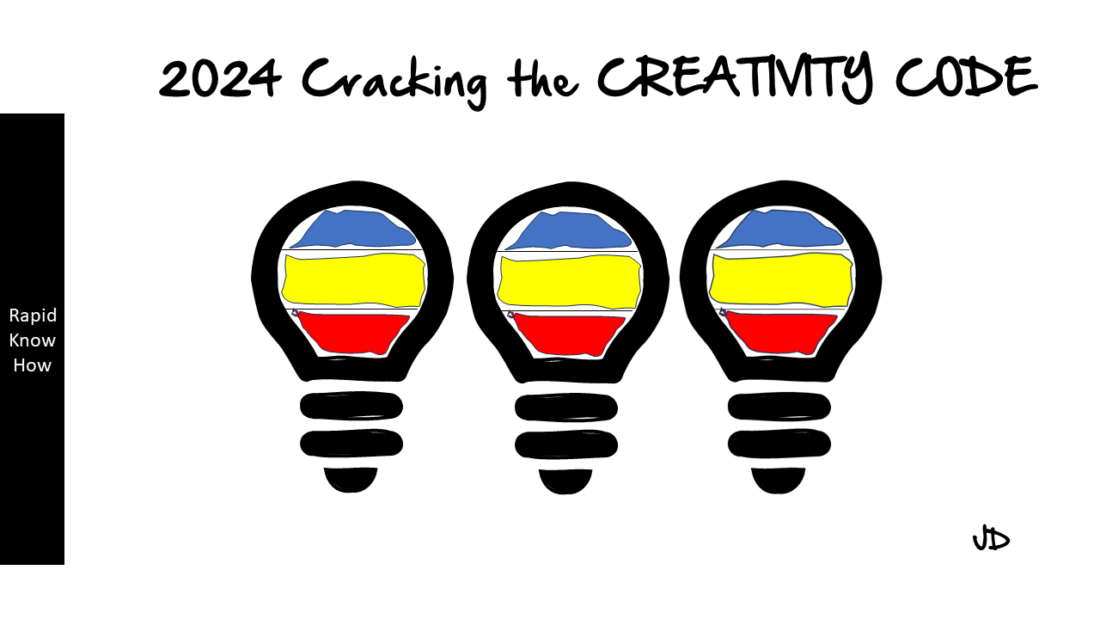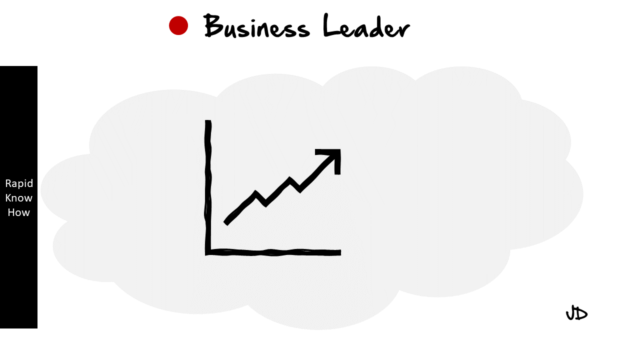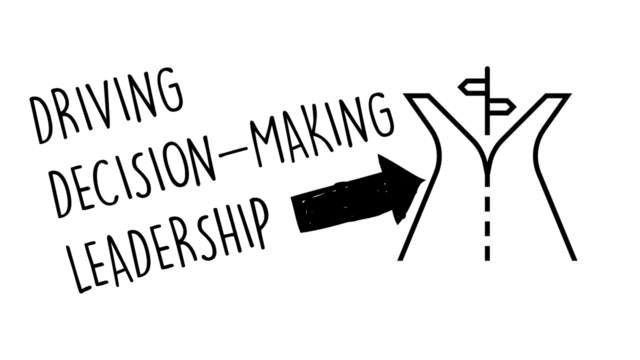Cracking the Creativity Code is a fascinating journey that requires a deep understanding of the creative process, and there’s no better way to understand this than by studying the lives and works of famous painters. These artists, through their unique styles and innovative techniques, have left an indelible mark on the world of art and creativity.
Let’s delve into the creative minds of Pablo Picasso, Paul Cezanne, Vincent van Gogh, Gustav Klimt, Tamara de Lempicka, Frida Kahlo, Jackson Pollock, and Keith Haring.
**Understanding Creativity at Famous Painters**
1. **Pablo Picasso**: Picasso was known for his ability to work in multiple styles simultaneously. His Blue Period, Rose Period, African Art-inspired Period, Cubism – all these phases reflect his ability to adapt and innovate. The lesson here is that creativity is not static; it evolves with time and experience.
2. **Paul Cezanne**: Cezanne was a master of form and color. He was not afraid to experiment with perspective and often broke down objects into geometric shapes. His approach teaches us that creativity often involves breaking down complex ideas into simpler forms.
3. **Vincent van Gogh**: Van Gogh’s creativity stemmed from his emotions. His works are a testament to his emotional depth and his ability to express these feelings through art. This teaches us that creativity can be a powerful outlet for emotions.
4. **Gustav Klimt**: Klimt’s work is characterized by its decorative and ornamental style. He was not afraid to challenge conventional norms of beauty in art. His lesson is that creativity often involves challenging existing norms.
5. **Tamara de Lempicka**: Known for her polished Art Deco portraits, Lempicka brought a unique blend of classical techniques with modern industrial aesthetics. Her work teaches us that creativity can be found in the fusion of old and new.
6. **Frida Kahlo**: Kahlo’s work was deeply personal, often reflecting her physical and emotional pain. Her creativity teaches us that personal experiences can be a powerful source of inspiration.
7. **Jackson Pollock**: Pollock’s abstract expressionist style was revolutionary. His drip painting technique teaches us that creativity can involve breaking away from traditional methods.
8. **Keith Haring**: Haring’s work was characterized by its simplicity and its social activism. His lesson is that creativity can be a tool for communication and social change.
**Three Lessons on Developing and Applying Creativity**
1. **Embrace Change**: As Picasso showed us, creativity evolves over time. Don’t be afraid to explore new styles or techniques.
2. **Break Down Complexity**: Like Cezanne, try to break down complex ideas into simpler forms. This can lead to innovative solutions.
3. **Use Personal Experiences**: As Kahlo demonstrated, personal experiences can be a powerful source of creative inspiration.
**Crafting Our Personal Creativity Improvement Strategy**
To thrive creativity in our business and life, we need to:
1. **Stay Curious**: Always be open to learning and exploring new ideas.
2. **Embrace Failure**: Don’t be afraid to make mistakes; they are often stepping stones to success.
3. **Practice Regularly**: Creativity is like a muscle; the more you use it, the stronger it gets.
**Getting Started to Thrive Creativity in Our Business and Life Step-by-Step**
1. **Identify Your Creative Outlet**: This could be anything from painting to writing to problem-solving.
2. **Set Aside Time for Creativity**: Make creativity a part of your daily routine.
3. **Seek Inspiration Everywhere**: Inspiration can come from the most unexpected places.
**Conclusion and Recommendation**
Cracking the creativity code is not a one-size-fits-all process. It requires patience, perseverance, and a willingness to experiment. By studying the creative processes of famous painters, we can gain valuable insights into our own creative potential.
Remember, creativity is not just about producing art; it’s about thinking differently, solving problems innovatively, and expressing ourselves uniquely. So, whether you’re an artist, a business owner, or just someone looking to add a little more creativity to your life, I encourage you to embrace the lessons from these famous painters and start your own creative journey today.




